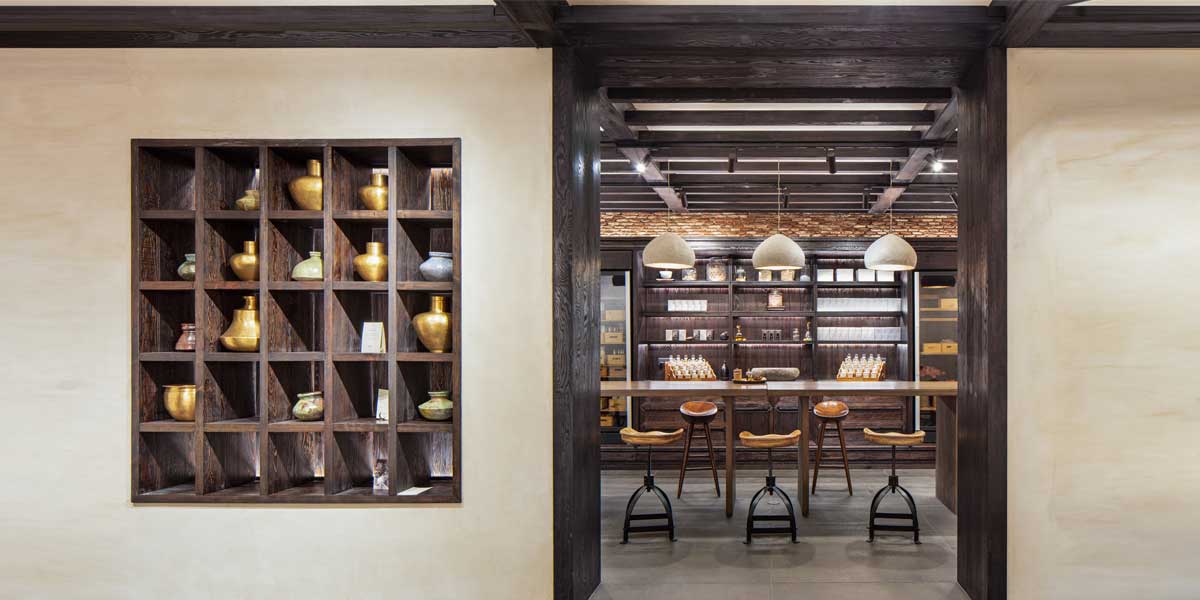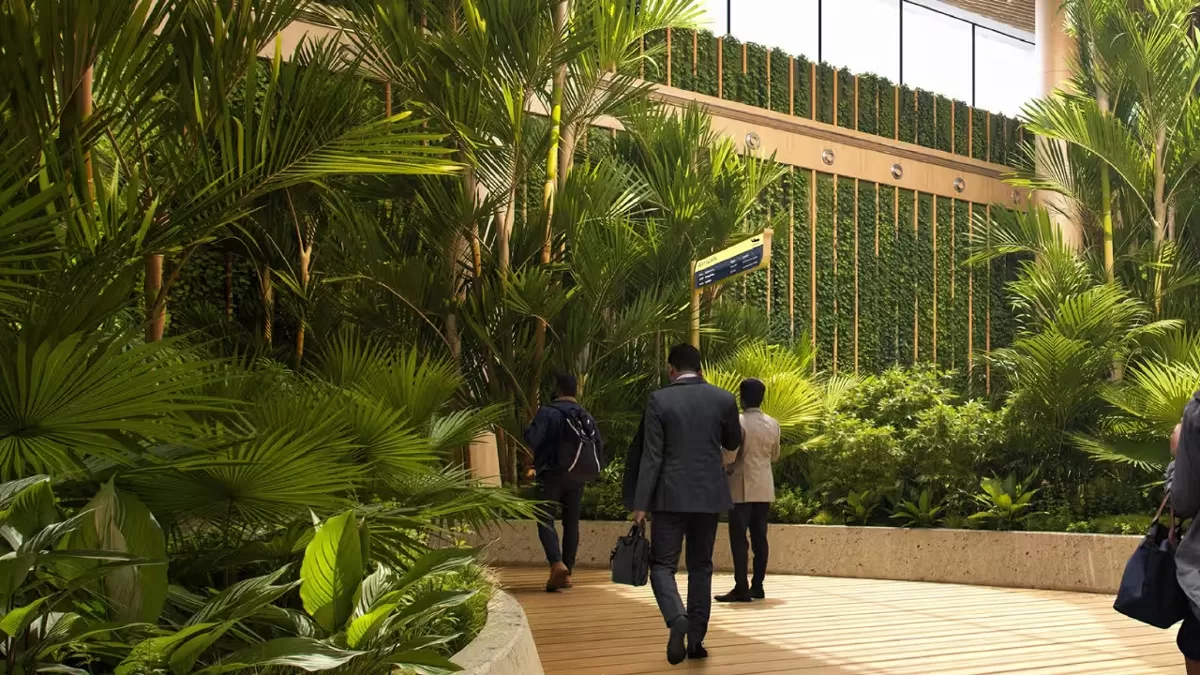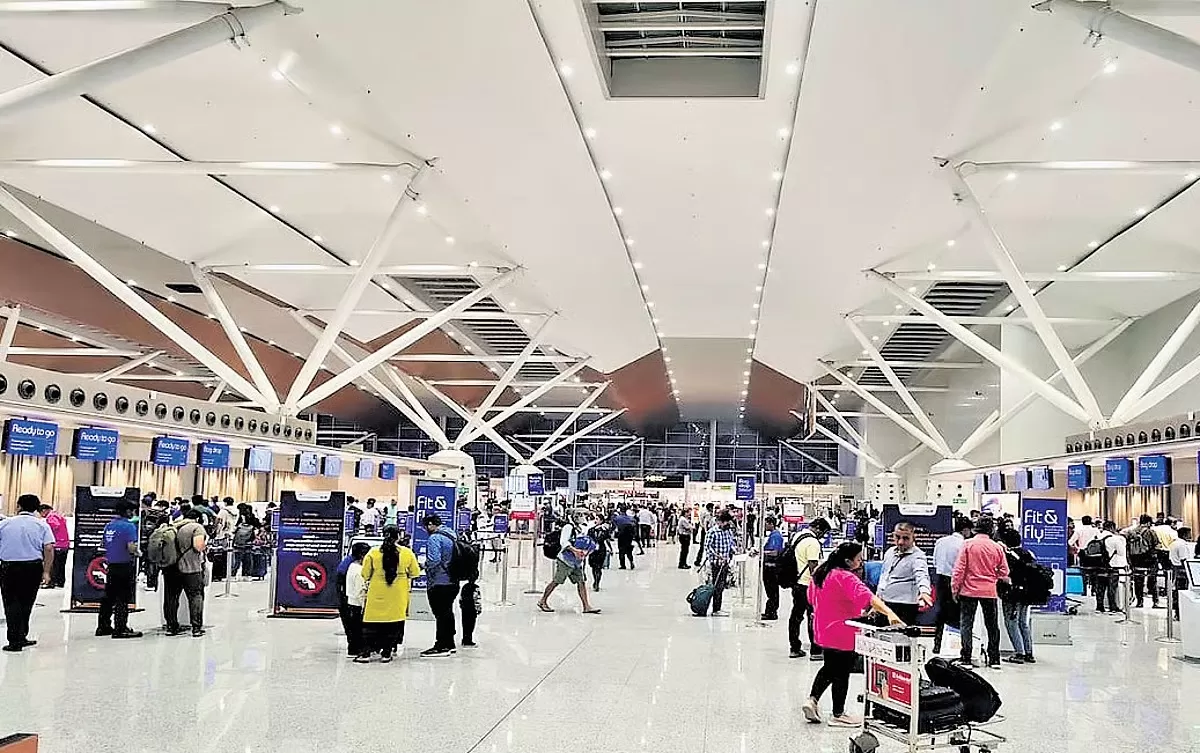

Guwahati Airport Wins Global Architecture Award
Guwahati’s Lokpriya Gopinath Bordoloi International Airport has earned global acclaim by winning the International Architecture Award 2025 in the Transport category. The newly built Terminal 2 (T2), inspired by Assam’s culture and biodiversity, was recognised among just seven airports worldwide for its architectural excellence and sustainable design.The award, presented annually by The Chicago Athenaeum: Museum of Architecture and Design in partnership with The European Centre for Architecture Art Design and Urban Studies and Metropolitan Arts Press, celebrates outstanding achievements in ..

NFRA, IICA Launch Second Course for Audit Panel Members
The National Financial Reporting Authority (NFRA) and the Indian Institute of Corporate Affairs (IICA) jointly launched the second four-month course for audit committee members and independent directors on 12 August 2025 in New Delhi.The initiative is part of a Memorandum of Understanding (MoU) signed in October 2024 to strengthen knowledge and capacity in corporate governance. The first course, The Directors’ Certification Programme for Audit Committee Members, ran from January to May 2025 and was attended by 79 participants. Following positive feedback, the second programme was inaugurated..

81 AAI Airports Record Rs 108.53 Billion Loss in 10 Years
Eighty-one airports operated by the Airports Authority of India (AAI) have collectively incurred losses of Rs 108.53 billion over the past 10 financial years, with 22 of these now non-operational. The figures were presented in the Rajya Sabha on 4 August by Minister of State for Civil Aviation Murlidhar Mohol in response to a query from Congress MP Jebi Mather Hisam.From 2015–2016 to 2024–2025, Safdarjung Airport in Delhi reported the highest losses at Rs 6.74 billion, followed by Agartala at Rs 6.05 billion, Hyderabad at Rs 5.65 billion, Dehradun at Rs 4.88 billion, and Vijayawada at Rs 4..



















